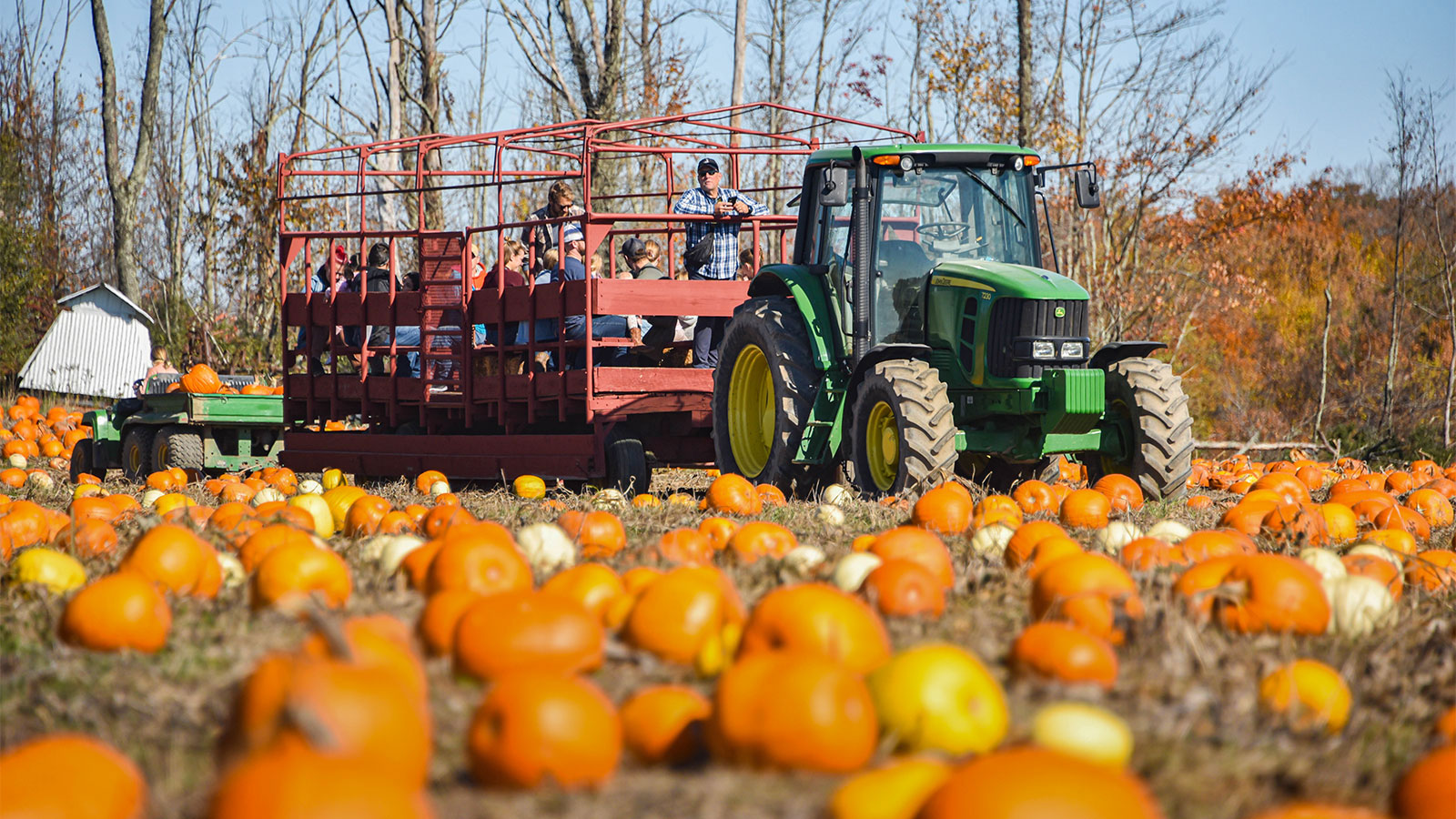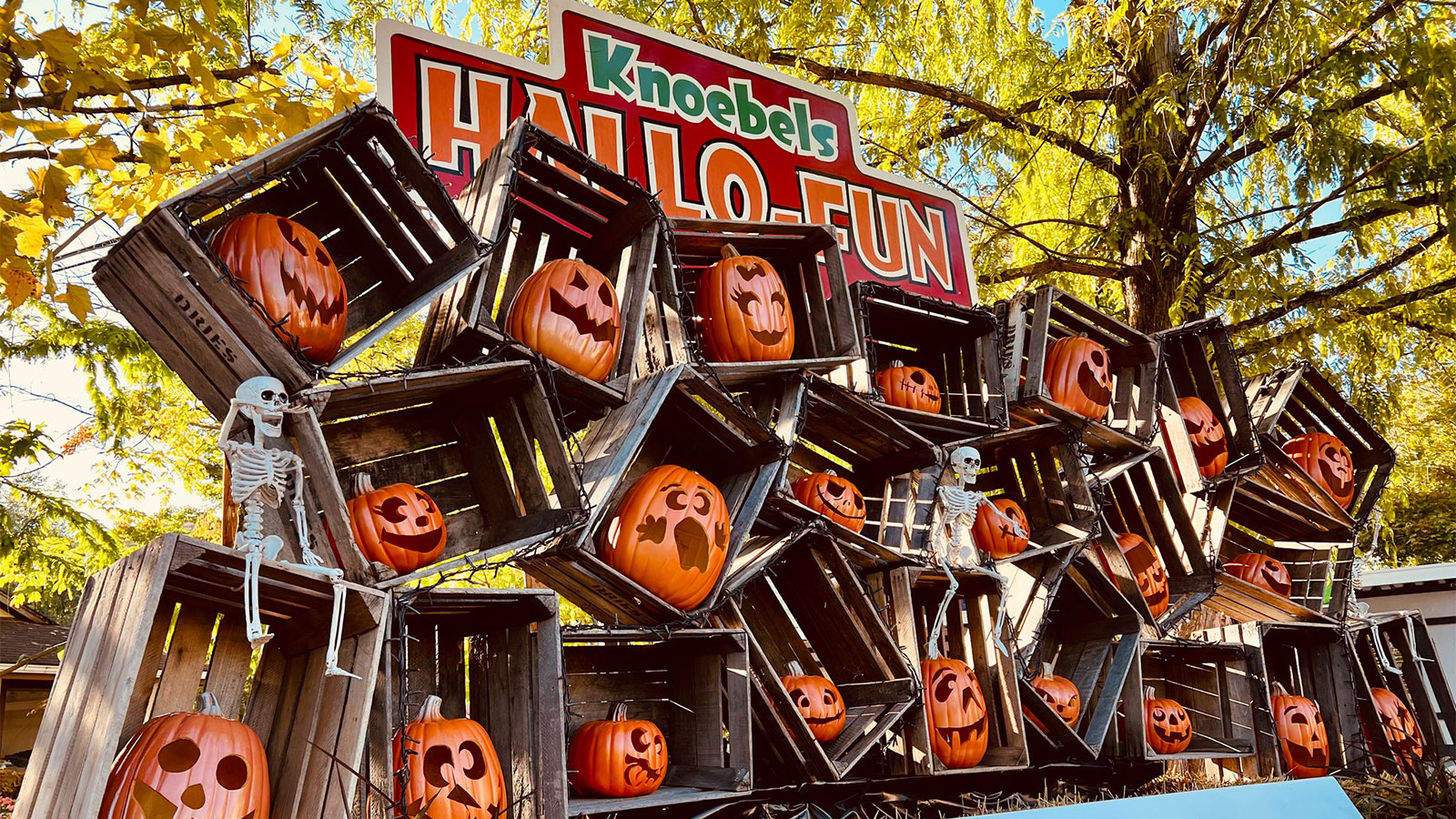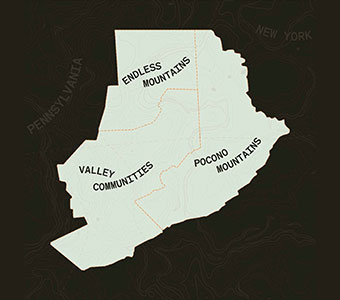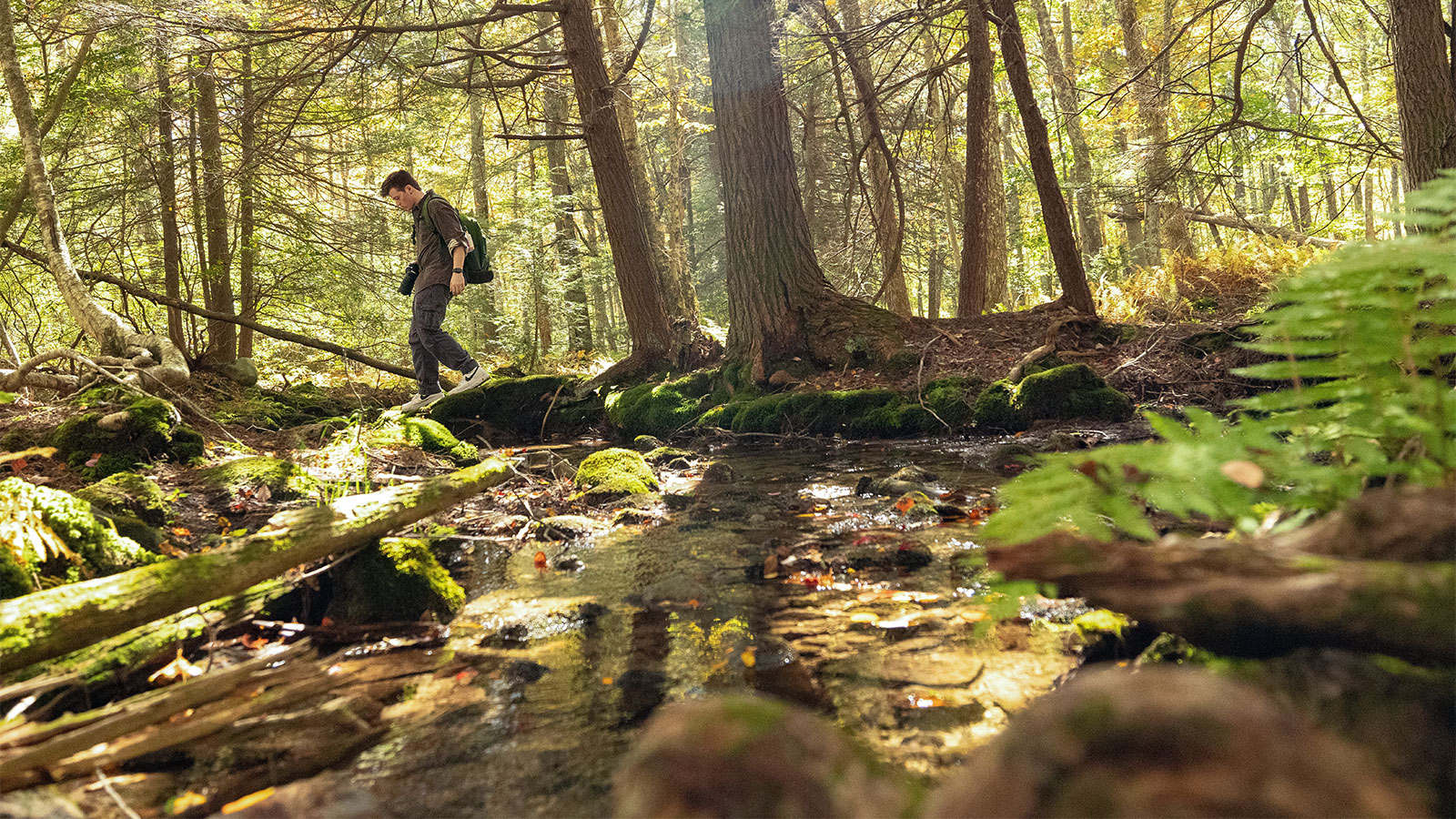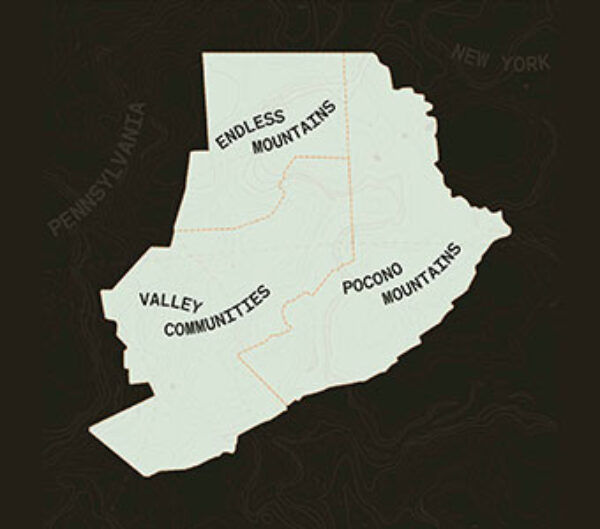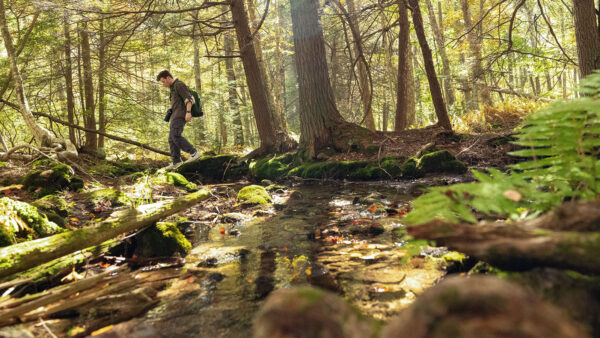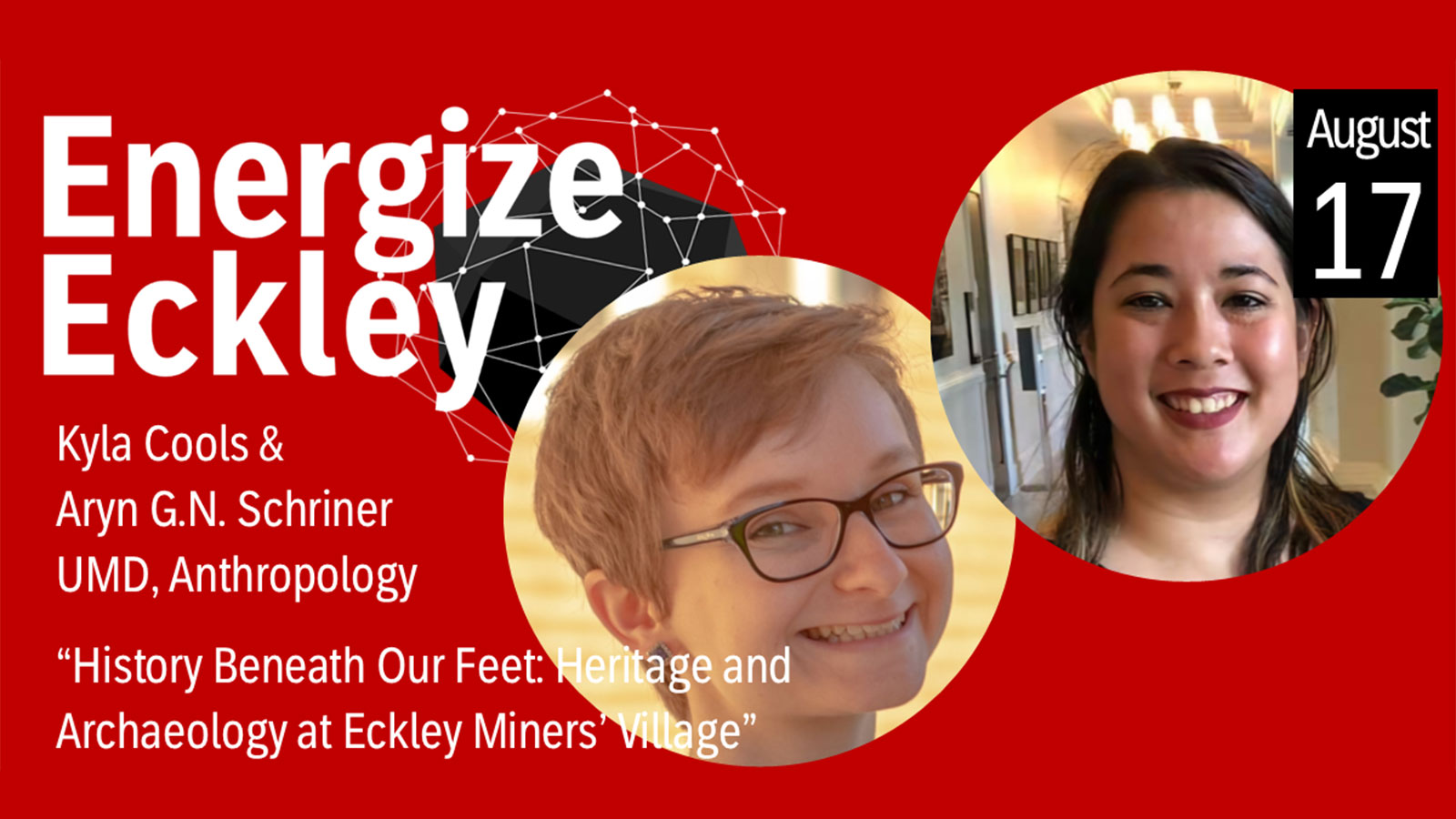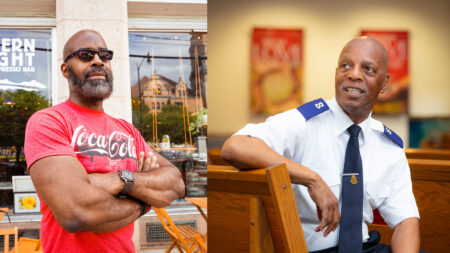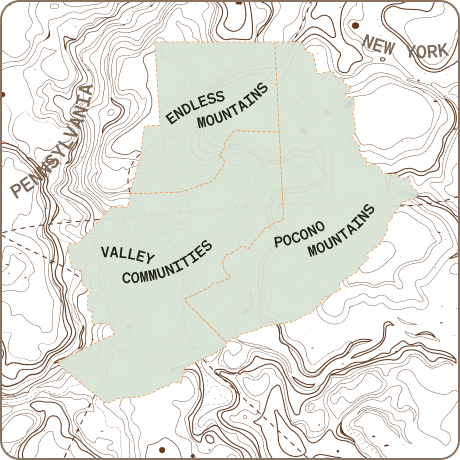What Can a Marble Tell us About the Past?
A lot, as it turns out. An inexpensive ceramic marble hints that its owner had little money to spend on toys, while an ornate glass marble suggests more disposable income. Cheap marbles buried deep in soil with more expensive marbles near the surface points to a household or community on the rise. Plus, marbles were almost always played outdoors in the 19th century. Finding them buried in a yard can be evidence of a crowded home where kids were shooed outside to play.

Artifacts offer a snapshot of life in a 19th-century patchtown.
Since 2009, University of Maryland archaeologists participating in the Anthracite Heritage Project have excavated scores of artifacts from Eckley Miners’ Village and nearby patchtowns. From marbles and other fragments of the past, they have pieced together remarkably intimate accounts of Eckley residents stretching back to the village’s 1854 founding.
“There’s a beautiful analogy between archaeological evidence being below ground and these stories being under the surface of the popular narrative of the anthracite region,” says Kyla Cools, a UMD doctoral candidate. Even commonplace objects like lipstick tubes, mouthwash bottles, baby dolls, and buttons can lead archaeologists to surprising insights into the everyday experiences of mining families.
On Saturday, August 17, Cools and Aryn Schriner, a UMD graduate student who is helping to update Eckley’s National Register of Historic Places listing, will visit Eckley to present the Anthracite Heritage Project’s findings. Cools and Schriner will also lead visitors into the village to explore major excavation sites. The tour will take visitors off Eckley’s Main Street to less familiar locations like Back Street’s ruinous foundations, root cellars, and garden plots.

Even small artifacts tell big stories.
The Anthracite Heritage Project’s work at Eckley has led to several publications as well as data that will support the village’s preservation. UMD graduate students have completed architectural surveys of Eckley’s outbuildings and have even found bullet casings and other material remains of the 1897 Lattimer Massacre, which claimed the lives of 19 unarmed miners just a few miles from Eckley.
For Schriner, archaeology is a way to prevent the diversity of historical experience from fading out of memory. “What typically gets remembered and commemorated are the men who worked in the mines or who died resisting company control,” she says. “There is very little conversation about women’s labor and the lives of immigrant laborers before they join the mining workforce.” As Schriner and Cools will show on August 17, even the smallest, simplest artifacts can help us tell fuller, more human stories about the past.
Energize Eckley Promotes NEPA’s Heritage
This program is the fifth installment in Energize Eckley, a six-part speaker series running on most Saturdays through September 2024. Tickets to Energize Eckley must be purchased in advance and are $12/event. Proceeds will be matched by a National Endowment for the Humanities grant to rehabilitate several historic structures at Eckley as an interdisciplinary learning center and overnight lodging, part of a long-term effort to preserve the village and fuel curiosity about NEPA’s singular past. Energize Eckley is sponsored by PNC Bank and Mauch Chunk Trust.
